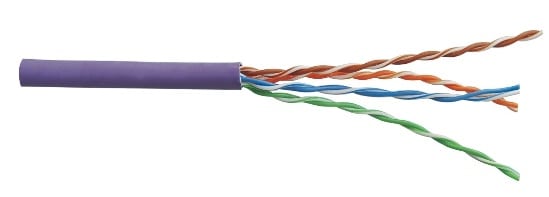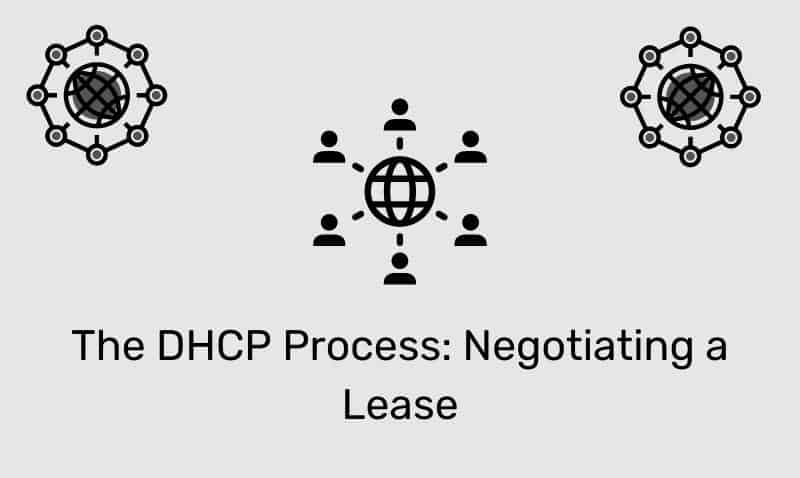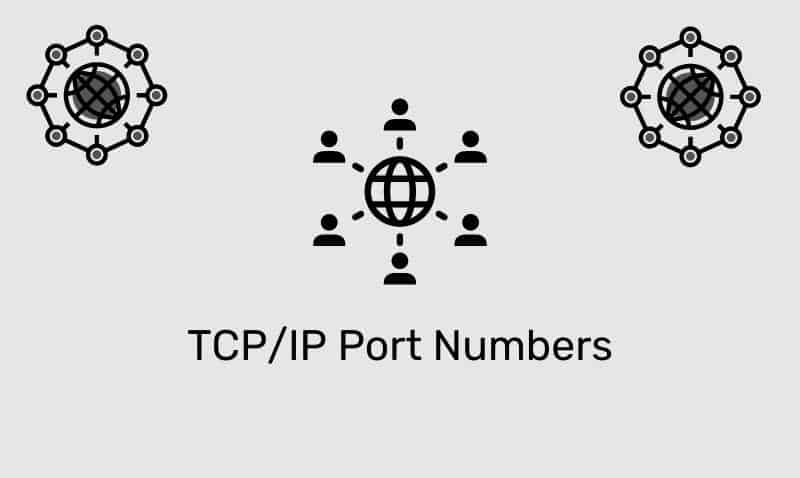Layer 1 of the OSI model is known as the physical layer. The physical layer is the lowest layer in the seven-layer OSI model. It consists of the basic networking hardware transmission technologies of a network. The physical layer defines the means of transmitting raw bits over a physical link connecting network nodes.
The bitstream is converted to a physical signal that is transmitted over a transmission medium such as a physical wire or a wireless radio transmission. The physical layer provides an electrical, mechanical, and procedural interface to the transmission medium.
The properties of the electrical connectors, frequencies, and modulation scheme are defined at this layer. The physical layer translates communication from the data link layer into hardware specific forms of communication.
Cabling
Network Cabling is defined at the physical layer. The most common cable used on local area networks today is the unshielded twisted pair (UTP) cable. UTP cable is manufactured in different categories. For Ethernet networks that operate at 10/100/1000 MHz, Category (CAT) 5 or 5e cables are commonly deployed.
For newer implementations, CAT6 cabling is usually implemented to support higher transmission speeds such as with 10GBASE. The main difference among the different categories of UTP cabling is that the higher the category, the more twists per inch of cable. The twisting ensures that there is no “cross-talk” between the wires.

Of course, there are many types of network cabling used on networks. In addition to traditional network cabling, other forms of network transmission methods are used such as radio, microwave, and laser.
Hubs
Aside from network media, there are some network devices that operate at the physical layer of the OSI model. While not as popular due to advances in networking technologies, the network hub is the most common network device that operates at this layer.
A hub connects computers and other devices together on the network. A hub is actually a multi-port repeater. What goes in one port is repeated on all of the other ports of the hub. No intelligence is applied on the data between the ports.

When a computer transmits data on the wire, all nodes connected to the hub will receive the transmission. All devices that connect to the hub are in the same collision domain. Only one Ethernet node can communicate on the wire at any given time. Ethernet nodes use CSMA/CD to detect collisions and retransmit when the wire is once again available. Network switches have been replacing hubs over the years.
In summary, the physical layer of the OSI model defines the method of moving data between nodes. So, the cabling and hubs are part of the physical layer. Anything that moves data from one system to another, such as copper cabling, fiber optics, even radio waves, is part of the physical layer. Layer 1 does not care what goes through it. Its only responsibility is to move the data between nodes.











